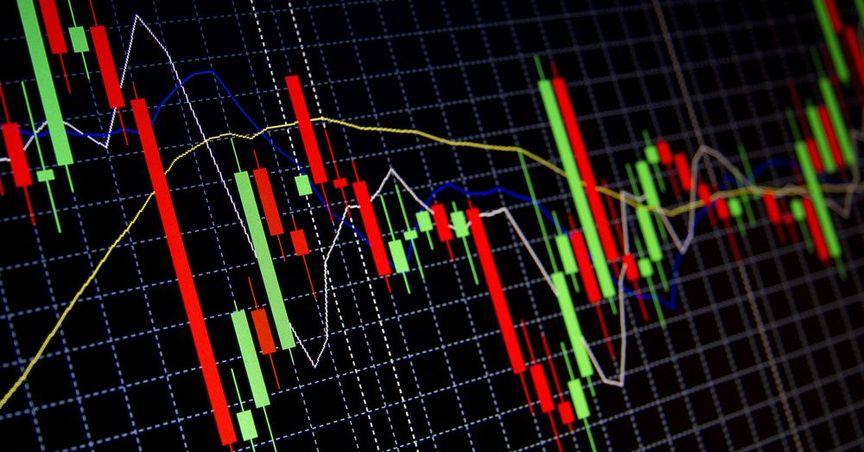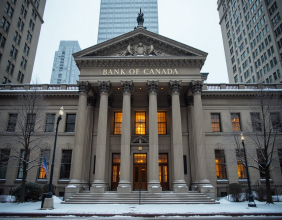Highlights:
- The Santa Claus Rally is a seasonal increase in stock prices observed during the last week of December, from Christmas to New Year’s Day.
- Factors like holiday consumer spending, tax strategies, and institutional trading patterns contribute to this market phenomenon.
- Investors can leverage the Santa Claus Rally for strategic positioning while focusing on long-term investment goals.
The Santa Claus Rally is a well-known seasonal trend in the financial markets, characterized by a notable increase in stock prices during the final week of the calendar year. This period, typically spanning from Christmas through New Year's Day, has garnered significant attention from investors and analysts alike. This article delves into the concept of the Santa Claus Rally, its historical context, the factors contributing to its occurrence, and its implications for investors looking to navigate year-end market dynamics.
Defining the Santa Claus Rally
The Santa Claus Rally refers to the phenomenon of rising stock prices observed in the last week of December, culminating in the early days of January. While the rally is not guaranteed, it has historically been marked by a general upward trend in equity markets, often leading to heightened investor optimism and increased trading activity. This seasonal uptick is widely regarded as a time for investors to reassess their portfolios and positions ahead of the new year.
Historical Context of the Santa Claus Rally
The concept of the Santa Claus Rally was popularized in the 1970s, notably by market analyst Yale Hirsch, who documented this trend in his Stock Trader's Almanac. Over the years, various studies and analyses have sought to quantify the phenomenon, revealing that stock prices tend to rise more frequently during this period compared to other times of the year. Historical data shows that the S&P 500 Index, for instance, has often experienced gains during this time frame, leading to its association with seasonal optimism.
Factors Contributing to the Santa Claus Rally
Several factors contribute to the emergence of the Santa Claus Rally, making it an intriguing subject of study for investors:
- Holiday Cheer and Consumer Spending: The holiday season typically brings a sense of optimism and goodwill, leading to increased consumer spending. Positive economic sentiment can translate into higher corporate earnings expectations, driving stock prices up.
- Tax Strategies: Investors often engage in tax-loss harvesting toward the end of the year, selling underperforming assets to offset capital gains. This selling pressure can sometimes lead to market declines prior to the rally, creating a rebound as investors reinvest their capital.
- Institutional Trading Patterns: Many institutional investors engage in portfolio adjustments during the year-end period. This can include reallocating funds, buying stocks to meet year-end performance benchmarks, and increasing liquidity, all of which can contribute to upward price movements.
- Low Trading Volumes: The final days of December often see reduced trading volumes as many traders and institutional participants take vacations. Lower volumes can amplify price movements, leading to more pronounced rallies or declines based on limited trading activity.
- Psychological Factors: The psychological impact of the holiday season cannot be underestimated. Investor sentiment can be influenced by seasonal factors, leading to increased optimism and willingness to invest during this period.
Implications for Investors
Understanding the dynamics of the Santa Claus Rally can offer valuable insights for investors:
- Strategic Positioning: Investors may choose to position themselves in anticipation of the rally, potentially increasing their equity exposure in late December. However, this strategy should be weighed against individual risk tolerance and market conditions.
- Market Sentiment: The Santa Claus Rally can serve as a barometer of market sentiment. A strong rally may indicate positive economic conditions and investor confidence, while a weak performance during this period could signal caution.
- Long-Term Planning: While the Santa Claus Rally is a seasonal trend, it should not be the sole basis for investment decisions. Investors are encouraged to focus on long-term strategies, using the rally as a backdrop for broader portfolio considerations.
- Historical Performance Insights: Analyzing past Santa Claus Rallies can provide context for current market conditions, helping investors identify patterns and make informed decisions about their portfolios.
Conclusion
The Santa Claus Rally is a fascinating seasonal phenomenon that highlights the interplay between investor sentiment, economic conditions, and market behavior during the year-end period. While historical data suggests a tendency for stock prices to rise during this time, it is essential for investors to approach this trend with a balanced perspective. Understanding the factors driving the Santa Claus Rally and its implications can empower investors to make informed decisions as they navigate the complexities of the financial markets. Ultimately, while the rally may offer opportunities, it should be viewed as part of a broader investment strategy aimed at achieving long-term financial goals.





